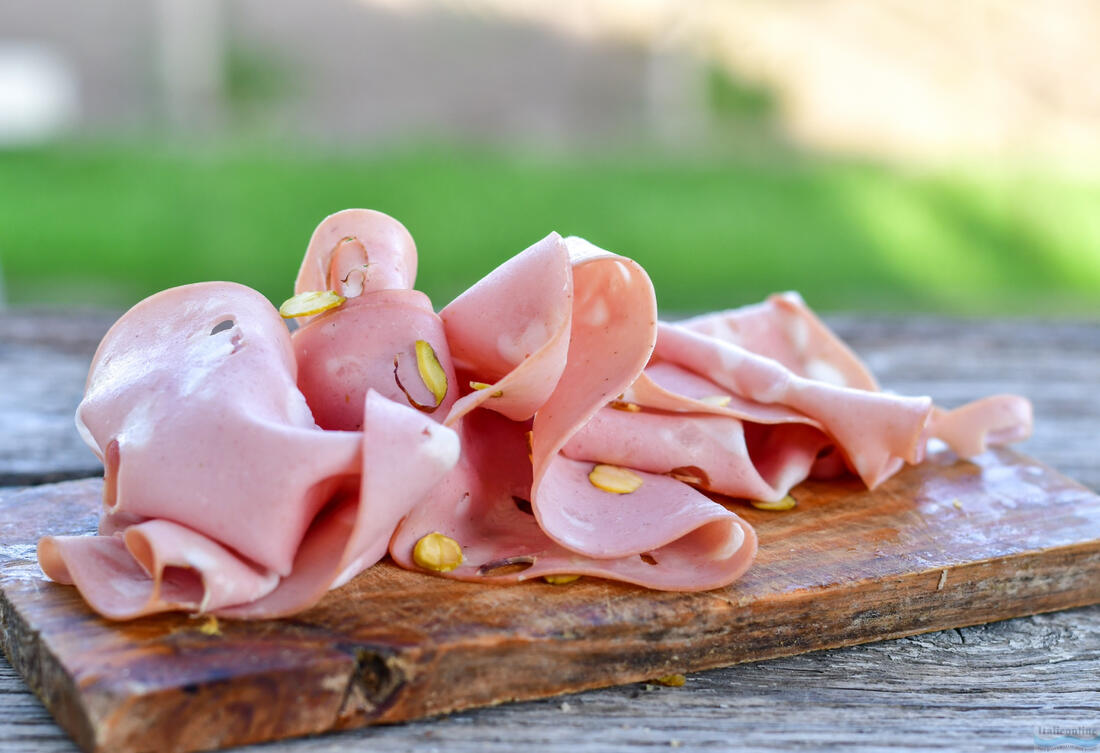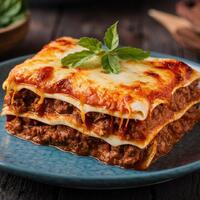It originates from the city of Bologna (mortadella di Bologna) and has become an icon among gourmet foods. In this article, we will delve into the history, the production process and the different ways to enjoy this delicacy.
The history of mortadella dates back to ancient Rome. At that time, it was made from wild pigs and flavoured with various herbs and spices. The name 'mortadella' probably comes from the Latin word 'mortarium', which was a mortar in which meat and spices were crushed.

Making mortadella is an art that requires careful preparation and quality ingredients. The basic ingredient is selected pork, which is finely chopped and mixed with fatty pieces. This mixture is then seasoned with salt, white pepper and nutmeg. Some recipes add pistachios or black olives for an extra flavour dimension.
The mixture is then filled into large artificial or natural containers, where it is formed into the typical cylindrical shape. This is followed by slow cooking or baking at a controlled temperature to achieve the right texture and flavour.
Mortadella is very versatile and can be served in many ways:
-
Sliced: The most traditional way to serve mortadella is to slice it thinly and serve it as part of cold appetizers (antipasti) or as the main ingredient in sandwiches.
-
Diced: Cut into smaller cubes, it is ideal for salads or as part of tapas.
-
Cooked or baked: Mortadella can also be gently heated and served as a main dish along with various sauces or side dishes.
-
Pasta di Mortadella: Mixed with ricotta and Parmesan cheese, mortadella makes an excellent spread for bread or crostini.

Mortadella is more than just a deli sausage, it is a piece of Italian history and culinary art. Its rich and delicate flavour profile has won the hearts of gourmets around the world. Whether you enjoy it on its own, in a sandwich or as part of a more complex meal.







